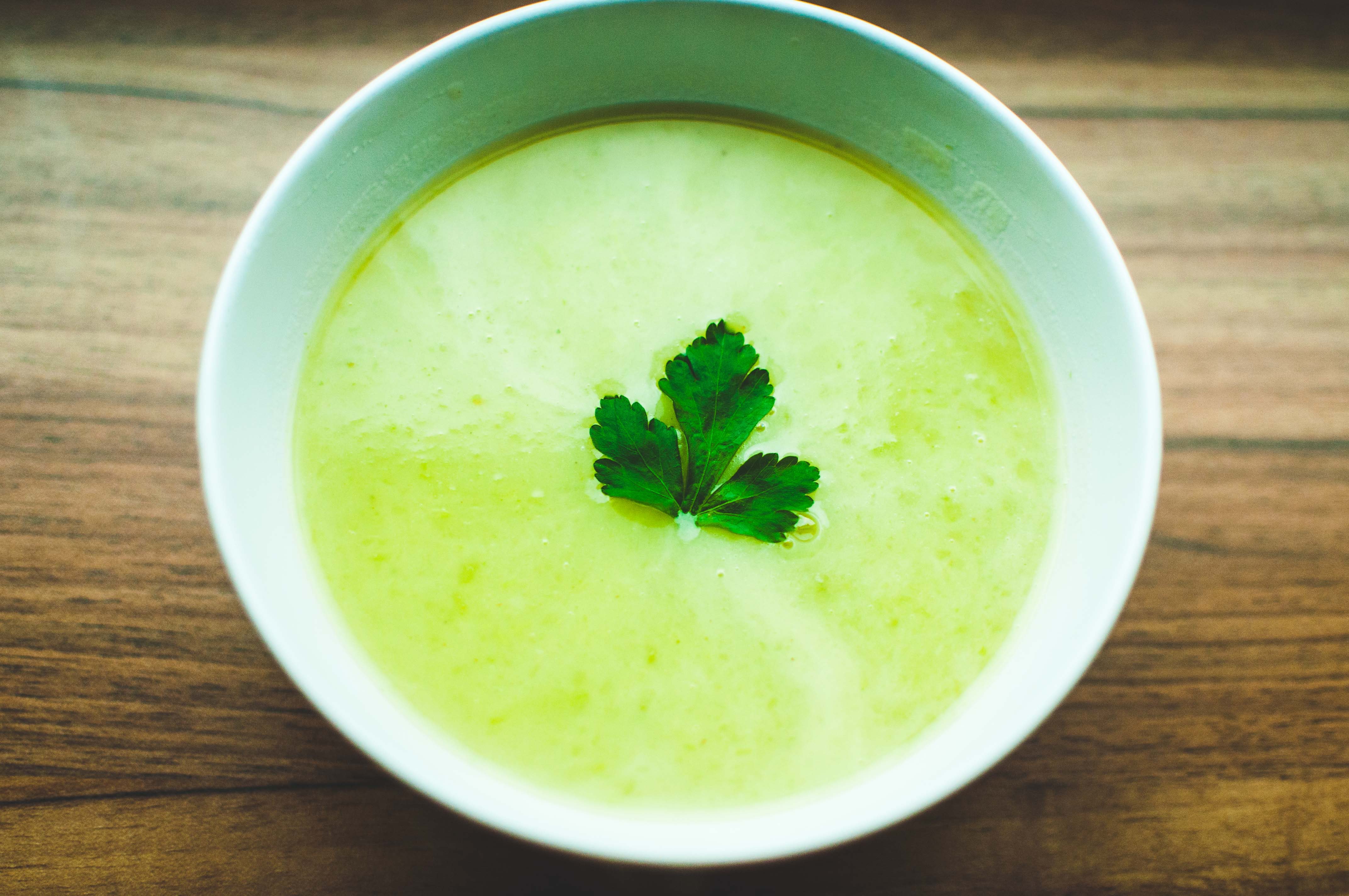
Related Posts

FASTING SAFELY AND SUCCESSFULLY WITH DIABETES
Related Posts Almost...

THE 6 KEYS TO FASTING SAFELY WITH HEART DISEASE
Related PostsIf you...

HOW TO GET STARTED WITH FASTING
Related PostsYou may...

FASTING METHODS: THE CLEAN, THE DIRTY, AND THE FAUX
Looking to do a one- or multi-day fast? Your fasting practice can be clean, dirty, or fasting mimicking (faux), which all allow for certain amounts of macronutrients. And they’re all wonderful methods for improving your health, tailored toward your experience with fasting.
We think of fasting as going completely without food, but fasting can be effective even if you eat some food. Eating up to 25% of your normal calories during fasting can also make it safer, less stressful, and easier to get started.
What’s the difference between these methods?
A clean fast excludes everything caloric that can stimulate insulin. It is the strictest fast and the most challenging. Most people who fast clean do include non-caloric beverages like coffee, tea, salt, and electrolytes. If you’re new to fasting, don’t think you need to dive into a clean fast! Take it slow and easy in order to make fasting a sustainable part of your lifestyle.
A dirty fast contains small amounts of caloric foods, such as bone broth. Symptoms from fasting which don’t improve with hydration can often be eliminated with a starchy vegetable snack like celery, olives, or half of an avocado. A dirty fast maintains ketosis and presumably autophagy while making it easier to get through without discomfort. Many people on our community fasts tend to do a dirty fast.
A fasting mimicking (or faux) approach contains around 500 calories of food designed to avoid stimulating nutrient sensors in your cells. The body remains in the fasting mode with low-calorie, low-sugar, low-protein foods. For some this is easier to do, especially when new to fasting. For people with diabetes or heart disease, a fasting mimicking approach can be a safer way to accomplish a longer fast. You can purchase a ready-made fasting mimicking kit like Prolon, or supplement with foods from a dirty fast plus nut butters or leafy greens.
No matter what fasting method you choose, be sure to hydrate with lots of water and discuss fasting with your doctor, especially if you’re on any medications.
Find upcoming community fast dates on our Events page.
